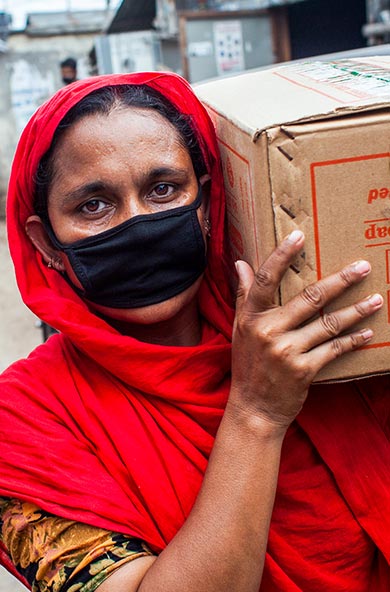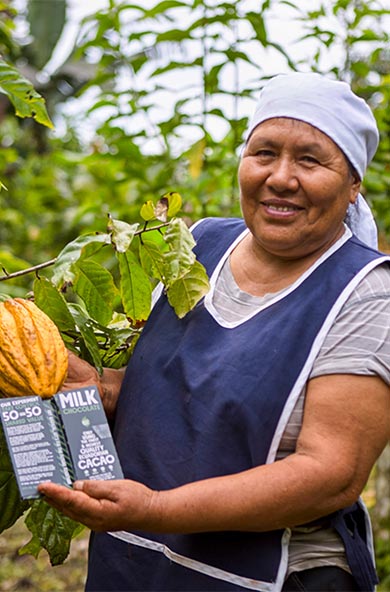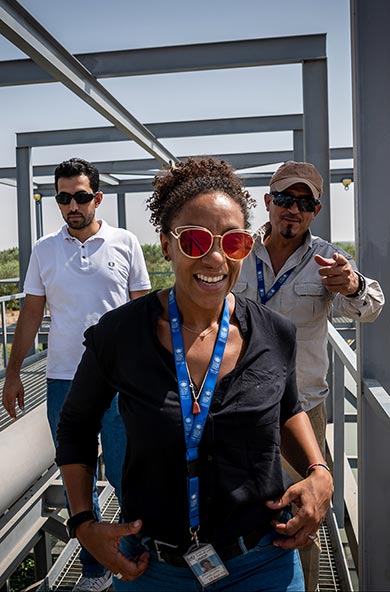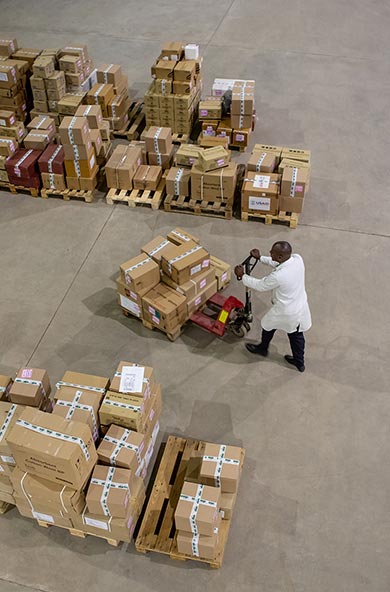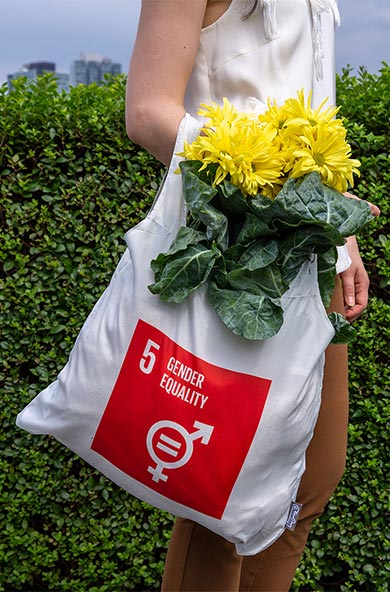Getting to the Last Mile in Least Developed Countries
English
DownloadGetting to the Last Mile in Least Developed Countries
November 10, 2016
The 2030 Agenda calls for leaving no one behind and for seeing the SDGs and targets “met for all nations and peoples and for all segments of society.”
The 2030 Agenda also adds to commitments in the Istanbul Programme of Action which aims to overcome the structural challenges faced by the Least Developed Countries in order to eradicate poverty, achieve internationally agreed development goals, and enable graduation from the LDC category.
For LDCs to achieve structural transformation and achieve the SDGs, we cannot extrapolate from what worked in the MDGs. We need new approaches that target and prioritize the 'last mile' – and this includes the poorest of the poor, but also the household, sub-national, and small enterprise levels that are under-served and excluded, where development needs are greatest, and where resources are most scarce.
A focus on getting to the last mile is one way of meeting this aspiration to “leave no one behind”. With that in mind, this paper presents different lenses for understanding who is being left behind and why, by examining some of the structural, financial, political and social drivers of exclusions and inequalities facing poor people and places in the world’s 48 Least Developed Countries (LDCs). It stresses the importance of building long-term resilience, recognizing that in a world of risks, development gains can be unwound. And it highlights through selected case studies – how these challenges can be overcome so that no one is left behind. It concludes by putting forward eight recommendations as part of a “Last Mile Action Agenda.”

 Locations
Locations






